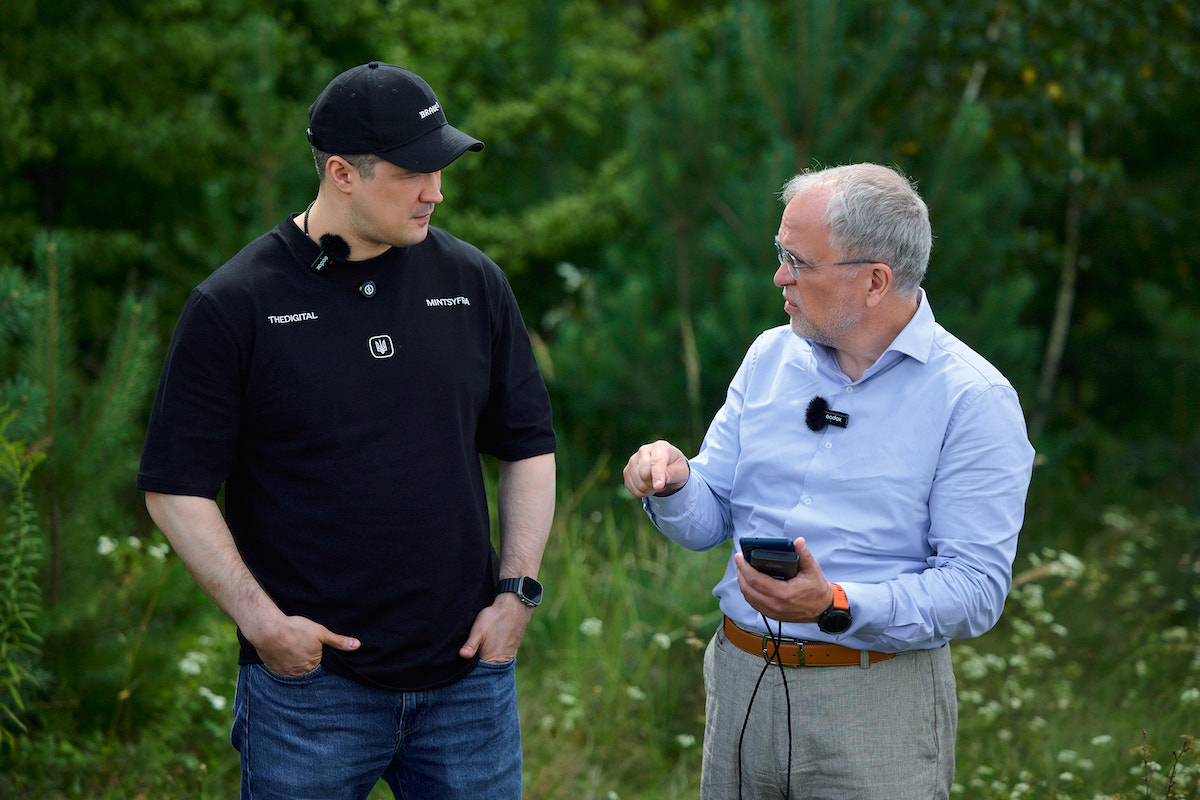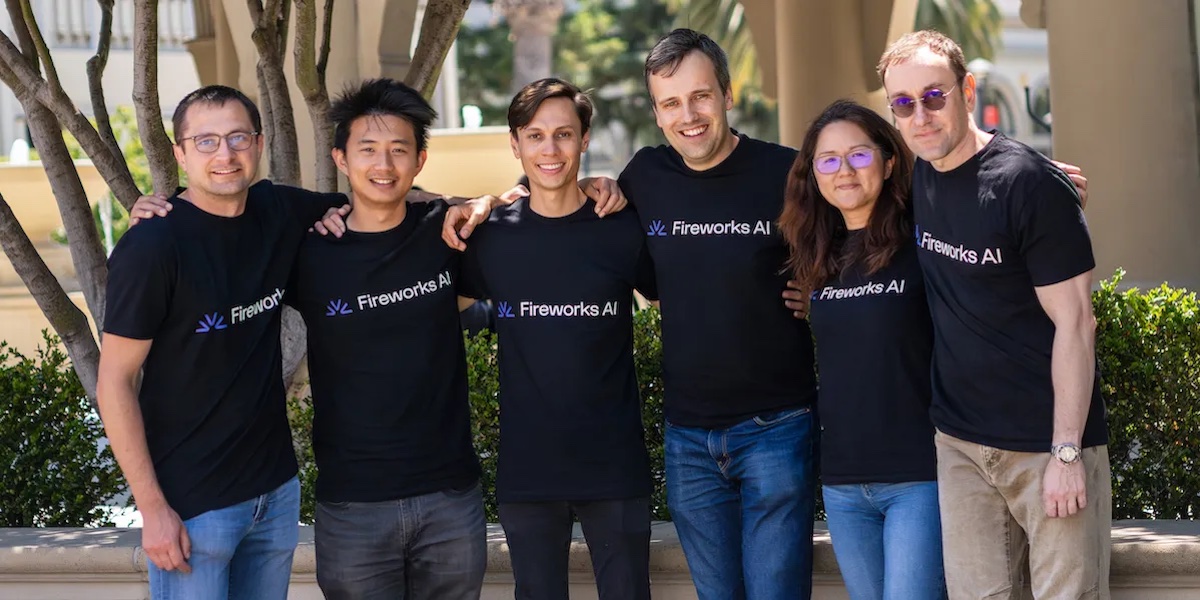Kyivstar Successfully Tests Starlink Direct to Cell in Ukraine. What’s Next?
On August 12, Kyivstar conducted an open test of SpaceX’s Starlink Direct to Cell technology in Ukraine. The demonstration, attended by Kyivstar President Oleksandr Komarov and Minister of Digital Transformation Mykhailo Fedorov, showcased the transmission of messages between two smartphones. While calls were also made during the test, Kyivstar emphasizes that at this stage, the focus is specifically on message transmission through messaging apps.
The editor of Scroll.media was present at the event and reports on what’s already known and what’s coming next.
Starlink Direct to Cell
Starlink Direct to Cell is a game-changing technology that connects ordinary 4G smartphones directly to satellites, bypassing traditional cellular base stations. Developed by SpaceX, this technology enables mobile communication in areas without terrestrial network coverage.

The technology was launched by SpaceX, and Kyivstar is the first operator in Ukraine and one of the first in Europe and worldwide to test this innovative system. «Ukraine is among the first countries in the world, alongside the US, Australia, Japan, Canada, and New Zealand, to roll out Direct to Cell technology,» Fedorov noted.
One major advantage is that users don’t need any extra hardware like satellite antennas or special routers. No separate subscription is required either. All that’s needed is a regular 4G-enabled smartphone and a Kyivstar SIM card.
The system leverages over 600 next-generation Starlink satellites equipped with Direct to Cell capability. Each satellite has an advanced eNodeB modem — essentially a mobile communication tower in space. SpaceX plans to expand this satellite constellation in the future, enhancing coverage and capabilities.
How Will It Work in Ukraine?
Currently, the tested system supports messaging, with voice calls and internet access slated for future rollout.
Kyivstar expects SMS and messenger-based communication to become available as soon as fall 2025.
There is, however, a technical limitation: messages can only be sent and received outdoors in an open area where the smartphone can «see» the Starlink satellite. This line-of-sight requirement is inherent to the satellite connection technology.

At this stage, Kyivstar views Starlink Direct to Cell as a supplementary or backup communication channel. It’s designed to provide connectivity in areas without coverage, where infrastructure is damaged, in frontline zones, during prolonged blackouts, or other emergency scenarios.
«Starlink Direct to Cell satellite communications acts as a backup service to Kyivstar’s main terrestrial infrastructure. The service does not replace terrestrial communications, but complements existing infrastructure and services,» the company explained.
As for pricing, Kyivstar stated that there are currently no plans to introduce an additional subscription fee for the technology’s use, though this policy could be revisited in the future.
Kyivstar Successfully Tests Starlink Direct to Cell in Ukraine. What’s Next?
On August 12, Kyivstar conducted an open test of SpaceX’s Starlink Direct to Cell technology in Ukraine. The demonstration, attended by Kyivstar President Oleksandr Komarov and Minister of Digital Transformation Mykhailo Fedorov, showcased the transmission of messages between two smartphones. While calls were also made during the test, Kyivstar emphasizes that at this stage, the focus is specifically on message transmission through messaging apps.
The editor of Scroll.media was present at the event and reports on what’s already known and what’s coming next.
Starlink Direct to Cell
Starlink Direct to Cell is a game-changing technology that connects ordinary 4G smartphones directly to satellites, bypassing traditional cellular base stations. Developed by SpaceX, this technology enables mobile communication in areas without terrestrial network coverage.

The technology was launched by SpaceX, and Kyivstar is the first operator in Ukraine and one of the first in Europe and worldwide to test this innovative system. «Ukraine is among the first countries in the world, alongside the US, Australia, Japan, Canada, and New Zealand, to roll out Direct to Cell technology,» Fedorov noted.
One major advantage is that users don’t need any extra hardware like satellite antennas or special routers. No separate subscription is required either. All that’s needed is a regular 4G-enabled smartphone and a Kyivstar SIM card.
The system leverages over 600 next-generation Starlink satellites equipped with Direct to Cell capability. Each satellite has an advanced eNodeB modem — essentially a mobile communication tower in space. SpaceX plans to expand this satellite constellation in the future, enhancing coverage and capabilities.
How Will It Work in Ukraine?
Currently, the tested system supports messaging, with voice calls and internet access slated for future rollout.
Kyivstar expects SMS and messenger-based communication to become available as soon as fall 2025.
There is, however, a technical limitation: messages can only be sent and received outdoors in an open area where the smartphone can «see» the Starlink satellite. This line-of-sight requirement is inherent to the satellite connection technology.

At this stage, Kyivstar views Starlink Direct to Cell as a supplementary or backup communication channel. It’s designed to provide connectivity in areas without coverage, where infrastructure is damaged, in frontline zones, during prolonged blackouts, or other emergency scenarios.
«Starlink Direct to Cell satellite communications acts as a backup service to Kyivstar’s main terrestrial infrastructure. The service does not replace terrestrial communications, but complements existing infrastructure and services,» the company explained.
As for pricing, Kyivstar stated that there are currently no plans to introduce an additional subscription fee for the technology’s use, though this policy could be revisited in the future.








